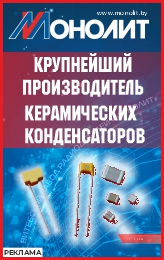Research of the Influence of Structural Elements of the IR Lens on the Value of the Thermal Background Flux, Incident at the Focal Plane Array
The sensitivity of thermal imaging and heat-detecting stations used to collect spectral and topological information is limited by background stray light illumination incident at the focal plane array through an IR‑lens. The article discusses the influence of the design of the frames of the optical elements in the IR lens, designed to operate in the range of 8–12 microns, on the value of the internal and external background stray light radiation. Optimization of the design of the frames allows you to minimize stray light and provides high performance characteristics of the optic-electronic system, which includes an infrared lens. In this work, structural elements that make the largest contribution to the total background flux are identified and their structure is optimized using the created digital model. The influence of the cooling process of structural elements on the value of its own background flux is considered.

 rus
rus TS_pub
TS_pub technospheramag
technospheramag technospheramag
technospheramag ТЕХНОСФЕРА_РИЦ
ТЕХНОСФЕРА_РИЦ


